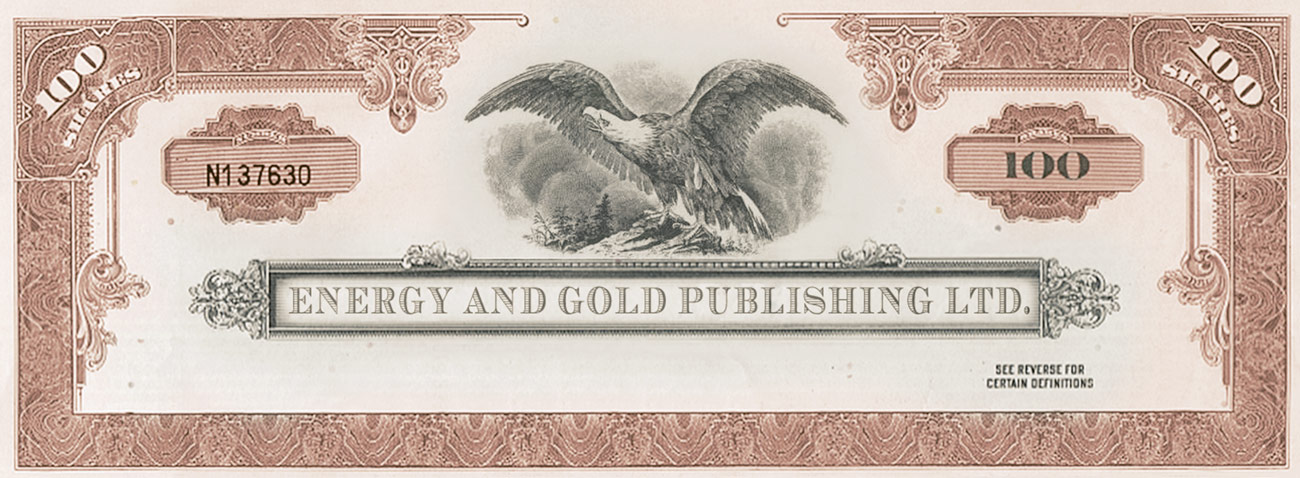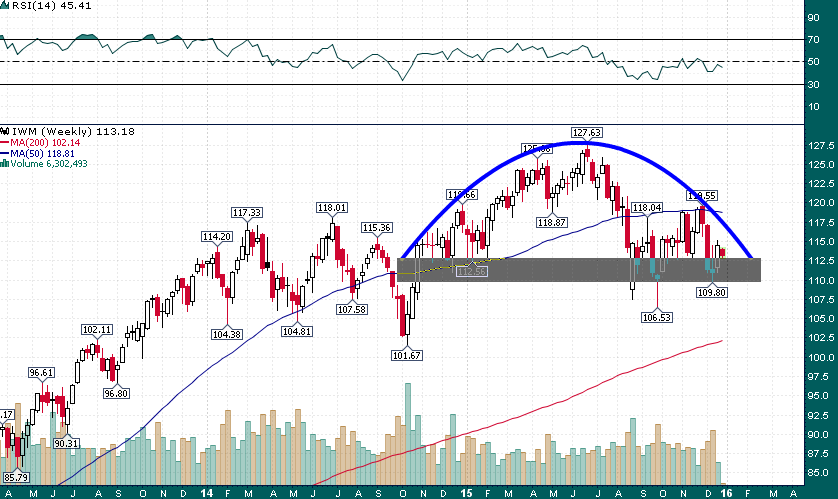The January effect is the theory that small cap stocks perform better in January than in any other month of the year. This is due to the idea that investors sell losing positions in December to capture losses for tax purposes and then buy these same stocks back at the beginning of the year.
While this theory has sometimes worked spectacularly well, there is ample cause for concern that it may not work out so well over the coming weeks:
IWM (Daily)
The Russell 2000 (IWM) has been trading in a messy range for the last several months. The recent rally took place on light volume and has the key characteristics of a bearish flag pattern. Moreover, Thursday’s trading session printed a ‘shooting star’ candlestick at an area of key Fibonacci confluence (~$114.60) – a break below the short term trend-line (currently near $112.50) could set up a much larger decline with long-term implications.
The weekly chart shows a large topping pattern which has formed throughout 2015. A decisive break below the shaded area could offer confirmation that a bear market has begun:
IWM (Weekly)
$114.60 is the closest key upside level, with $112.50 and $110 representing important levels of support below.


